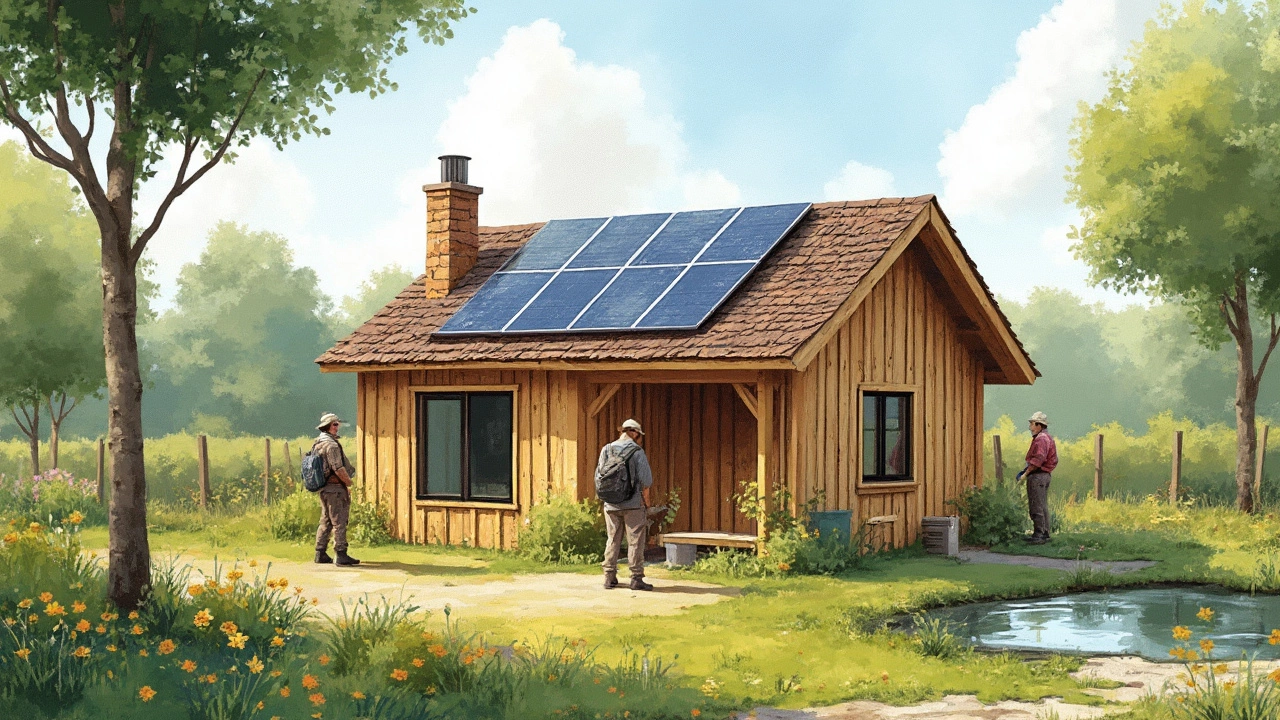Energy Efficient Cottage: Your Guide to a Green Lancashire Stay
If you love the countryside but hate high utility bills, an energy efficient cottage might be just the fit. These homes keep the heat in, the cold out, and your wallet happy. Below you’ll see what makes a cottage energy‑smart and how you can spot or create one on a budget.
Key Features of an Energy Efficient Cottage
First off, look for solid insulation. Thick loft and wall insulation stops heat from escaping, so you won’t need the furnace on full blast. Triple‑glazed windows are another win – they cut drafts and keep rooms bright without losing warmth.
Next, check the heating system. Modern condensing boilers or heat‑pump units use far less fuel than older models. If the cottage has a wood‑burning stove, make sure it’s EPA‑rated for low emissions. A smart thermostat can also shrink energy waste by adjusting temperature when you’re out.
Practical Steps to Make Your Cottage Green
Even if the cottage isn’t perfect out of the gate, you can upgrade it yourself. Adding draught‑excluders around doors and sealing gaps with weather‑stripping costs pennies but saves kilowatts. Swapping old incandescent bulbs for LED lights cuts electricity use instantly.
Consider renewable options. A small solar panel kit on the roof can power lights and chargers, especially in sunny parts of Lancashire. If you have space, a ground‑source heat pump can pull warmth from the earth, giving you steady heat with minimal electricity.Water savings matter too. Low‑flow showerheads and dual‑flush toilets trim water bills while reducing the energy needed to heat water. Simple habits – turning off taps while brushing, using cold washes for laundry – add up fast.
When you book a cottage, ask the owner about these features. Many landlords list insulation levels, heating type, and any green upgrades on their site. If you’re renting, you can still add temporary upgrades like window film or a portable electric blanket to make nights cozier without permanent changes.
Finally, think about the surrounding land. Planting native shrubs or trees as windbreaks protects the home from cold breezes and improves biodiversity. A garden that harvests rainwater can be used for watering plants, further lowering your environmental impact.
Enjoying an energy efficient cottage isn’t just good for the planet; it makes a holiday feel rewarding. You’ll notice lower heating bills, a more comfortable indoor climate, and the satisfaction that you’re staying responsibly. So next time you plan a Lancashire escape, keep these tips in mind – your perfect green cottage is right around the corner.

Building an Eco-Friendly Cottage: Real-World Steps for Sustainable Small Homes
Discover how to build an eco-friendly cottage—from passive design tricks to water, energy, and material choices that truly matter. Your practical guide to a sustainable tiny home.
Continue Reading